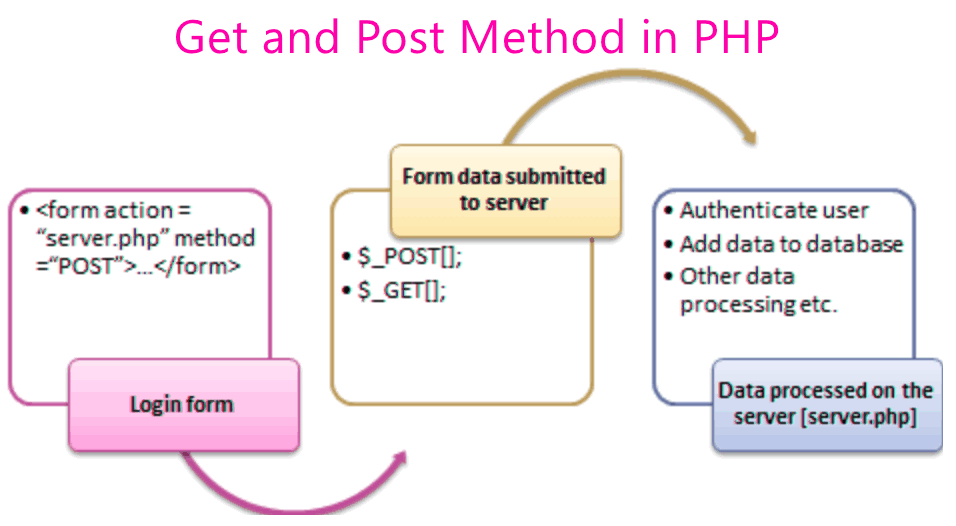GET vs POST: When to Use What

The choice between using the GET and POST methods in HTML forms depends on the nature of the data being transmitted and the purpose of the request. Both methods have their own characteristics and use cases.
Use GET when:
-
Idempotent Operations:
- GET requests should be used for idempotent operations, meaning the request can be repeated multiple times with the same result. Retrieving data, searching, or fetching information are good examples.
-
Data Retrieval:
- Use GET when you want to retrieve data from the server. For example, when users are viewing a page, searching, or navigating through different sections of a website.
-
Bookmarking and Caching:
- GET requests can be bookmarked and cached by browsers. This makes them suitable for scenarios where the same request might be repeated, and caching can improve performance.
-
Visible Data:
- Data sent via GET is visible in the URL, which is not suitable for sensitive information like passwords. However, it can be useful for sharing links or bookmarking.
-
Stateless Operations:
- GET requests are considered stateless because each request from a client to a server is independent. The server does not store any information about the client's state between requests.
Use POST when:
-
Non-idempotent Operations:
- POST requests are suitable for non-idempotent operations, where each request can have a different outcome. For example, when submitting a form that results in data being added to a database.
-
Sensitive Data:
- POST is more secure for transmitting sensitive information, as the data is not appended to the URL and is sent in the request body. This makes it a better choice for login forms, payment details, etc.
-
Large Data:
- POST can handle larger amounts of data compared to GET. While there is usually a limit on the size of POST data, it's generally larger than what is practical for a GET request.
-
File Uploads:
- When dealing with file uploads, use POST. File uploads typically involve larger amounts of data that should not be exposed in the URL.
-
Stateful Operations:
- POST requests can be used for stateful operations where the server may need to maintain information about the client's state between requests. This is because POST data is usually stored in the request body.
General Recommendations:
-
Security:
- Use POST for operations that involve sensitive information, such as login credentials, and to avoid exposing data in the URL.
-
Idempotence:
- If the operation is idempotent (repeating the same request does not change the result), and the data can be conveniently represented in the URL, GET may be more appropriate.
-
Caching and Bookmarking:
- Use GET for operations that can benefit from caching and bookmarking, as browsers often cache GET requests.
-
Data Length:
- If the data being transmitted is small and doesn't include sensitive information, either GET or POST can be suitable. If the data is large or sensitive, prefer POST.
In summary, the choice between GET and POST depends on the nature of the operation and the characteristics of the data being transmitted. Both methods have their strengths and weaknesses, and understanding when to use each can lead to more effective and secure web applications.
Thank you.
